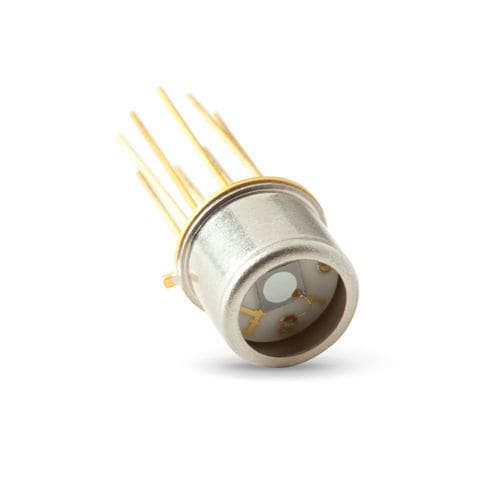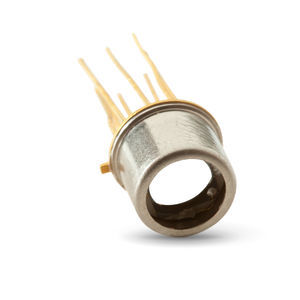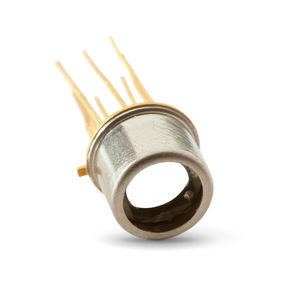
- Products
- Laser power detector
- Gentec Electro-Optics
- Company
- Products
- Catalogs
- News & Trends
- Exhibitions
Pyro-electric laser power detector QS2-Hhigh-power

Add to favorites
Compare this product
Characteristics
- Options
- high-power, pyro-electric
Description
BROAD SPECTRAL RESPONSE
From 0.1 to 1000 µm
4 FAMILIES OF PRODUCTS TO CHOOSE FROM:
• QS-L: discrete pyro detectors, low noise level
• QS-H: discrete pyro detectors, high average power
• QS-IF: hybrid pyro detectors, current mode, fast response
• QS-IL: hybrid pyro detectors, current mode, low noise level
EASY TO INTEGRATE FORMAT
TO5 and TO8 packages make the QS-H detectors small and easy to integrate in an existing system.
LARGE AREA SENSORS
5 mm and 9 mm diameter pyroelectric sensors make optical alignment easier.
SEVERAL IR WINDOWS IN OPTION
• Quartz: 0.2 – 3.5 µm
• Barium fluoride: 0.2 – 17.5 µm
• Sapphire: 0.1 – 7.0 µm
• Silicon: 1.2 – 9.0 µm and 22 – 100 µm
• AR germanium: 1.8 – 23 µm (10.6 µm peak)
PYROELECTRIC THERMAL DETECTORS
Our pyroelectric detectors are a class of room temperature thermal detectors that produce a current output that is directly proportional to the rate of change of temperature when exposed to a source of radiation. They are best described by an AC current source, capacitor and resistor. Their current output is governed by the equation I = p(T)·A·dT/dt, where I is current, p(T) is the pyro coefficient, A is the area as defined by the front electrode, and dT/dt is the rate of temperature change of the pyro crystal. The advantages of a pyroelectric detector over other IR detectors are: room temperature operation, broad spectral response, high sensitivity (D*) and fast response (sub-nsec into 50 Ω).
Catalogs
No catalogs are available for this product.
See all of Gentec Electro-Optics‘s catalogsOther Gentec Electro-Optics products
LASER POWER MEASUREMENT - Discrete pyroelectric sensors
*Prices are pre-tax. They exclude delivery charges and customs duties and do not include additional charges for installation or activation options. Prices are indicative only and may vary by country, with changes to the cost of raw materials and exchange rates.




